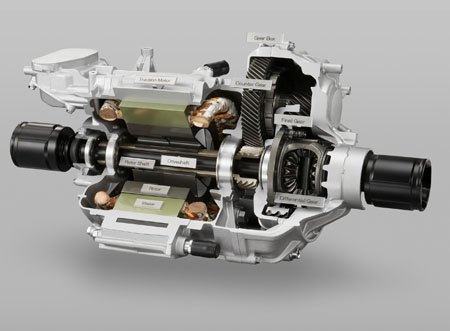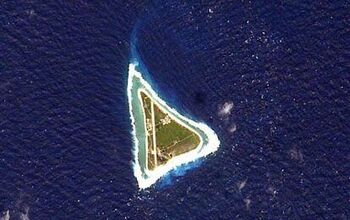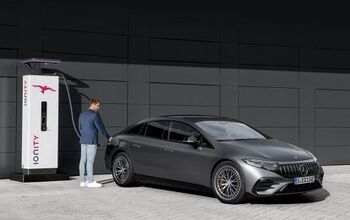Toyota To China: Take Your Rare Earth And Shove It

Rare earth free electric motor
China is learning an interesting lesson: Only take a hostage if the other side wants it back. According to Japan’s Kyodo Newswire [sub], Toyota “has acquired technology to produce hybrid and electric vehicles without using rare earths and may begin doing so in about two years.”
In 2010, China used its rare earth as a political tool. To make a point with the Senkaku islands, China tinkered with the rare earth supply, and prices shot up. Rare earth is in the magnets that power everything from disk drives to hybrid and electric cars. Japan relies on China for about 90 percent of its rare earth supply, says Kyodo. Japan did not want to be blackmailed. Universities in Japan stepped-up research into dirt-free magnets. A year later, Toyota’s engineers reached an “advanced stage” of research on a new “induction”-type electric motor which holds the promise of freeing the Japanese automaker from dependence on rare-earth materials.
Toyota now seems to be close to commercialization, and it engages in its own, well, bargaining. Says Kyoto:
“Toyota will keep using rare earths if their prices drop, but will consider putting the newly acquired technology into practical use if their value continues to surge.”
When asked by Reuters, “a Toyota spokeswoman said the company continues to research ways to reduce rare earth usage and has no time frame yet for commercialization.”
Sure. Remain unpredictable, lesson number two.

Bertel Schmitt comes back to journalism after taking a 35 year break in advertising and marketing. He ran and owned advertising agencies in Duesseldorf, Germany, and New York City. Volkswagen A.G. was Bertel's most important corporate account. Schmitt's advertising and marketing career touched many corners of the industry with a special focus on automotive products and services. Since 2004, he lives in Japan and China with his wife <a href="http://www.tomokoandbertel.com"> Tomoko </a>. Bertel Schmitt is a founding board member of the <a href="http://www.offshoresuperseries.com"> Offshore Super Series </a>, an American offshore powerboat racing organization. He is co-owner of the racing team Typhoon.
More by Bertel Schmitt


































Comments
Join the conversation
Blackmail or not, perhaps countries that HAVE are beginning to wake up. Small countries that have rich resources (like Chile and Argentina have with lithium) can either meter their resources out slowly, at higher prices, or hoard them for their own future use. Although my opinions are not often popular amongst the disciples of Globalism, I have always maintained that North America needs to dig a big mote around itself and tell the rest of the world to F-off. We don't need it. With Canada's resources, American ingenuity and market size, and cheap labor from Mexico, we do have it all. There is nothing we need from the rest of them. Shut the borders and let China, the Eurozone, Afghanistan and the rest sort things on their own. If they're all still there in 50 years, then perhaps we can start a dialogue again. Or do you Americans love getting kicked in the teeth with every new generation?
I'm not sure PM motors are more efficient that induction motors such as Tesla or GM use.. I think they are a bit smaller but even that is not that important since GM packages gears inside the main motor of the Volt. I do prefer induction motors since they are far more durable under high heat and high NHV conditions.. and no magnets to rust. I Toyota set up their manufacturing lines long ago and now is changing them.
Great. AC induction motors powered the EV-1 and all of Tesla's cars. I think the only real downside to them is the need for a big DC to AC convertor.
China forgot that necessity is the mother of invention.